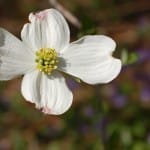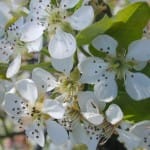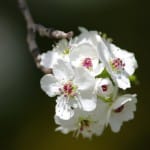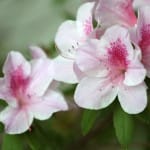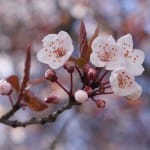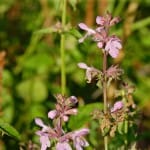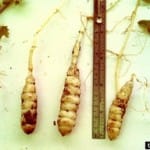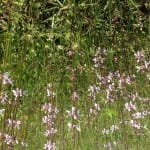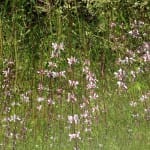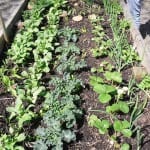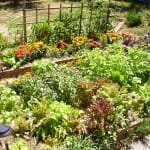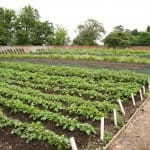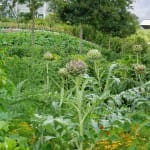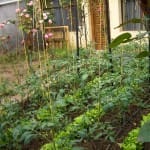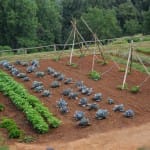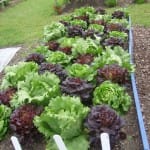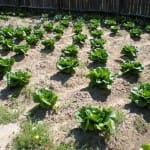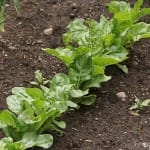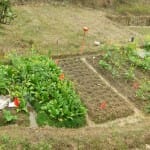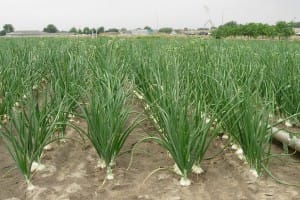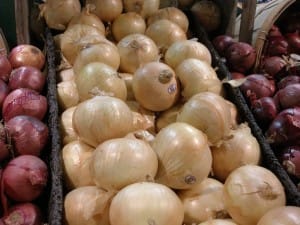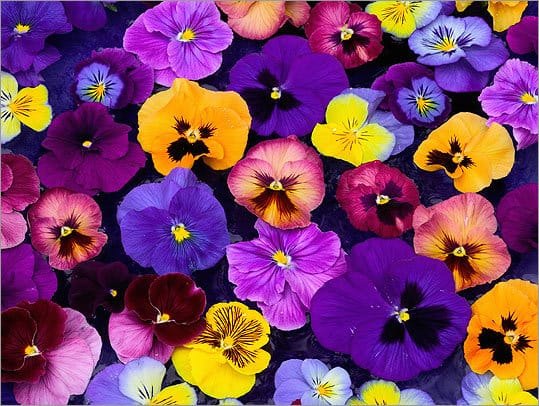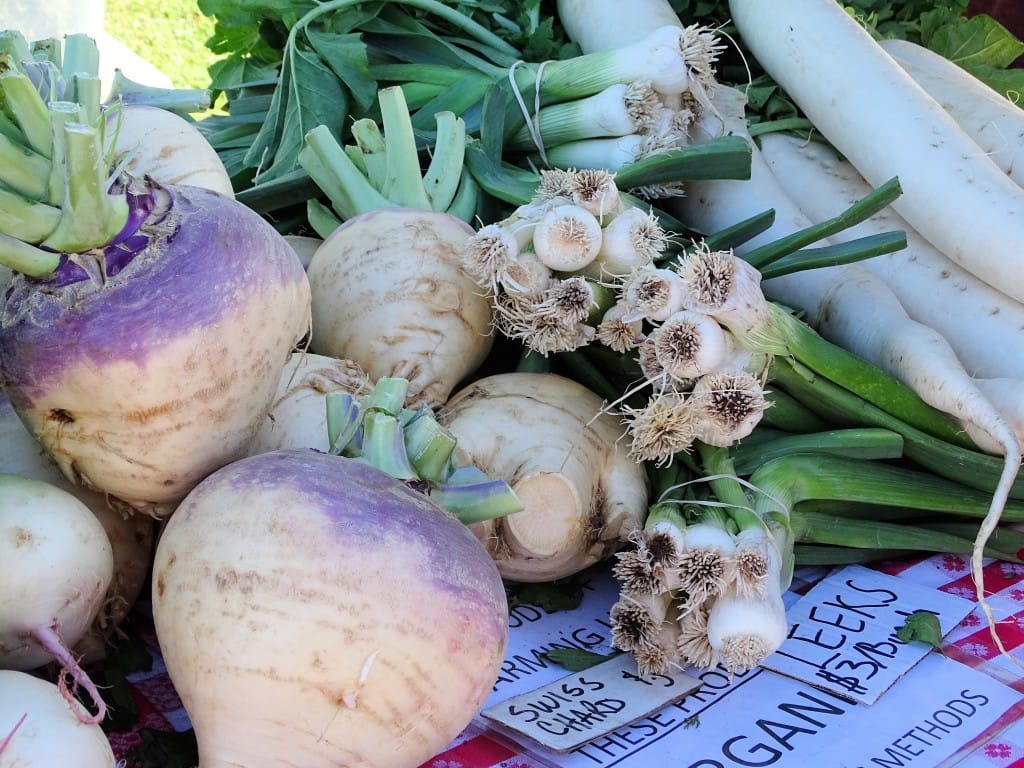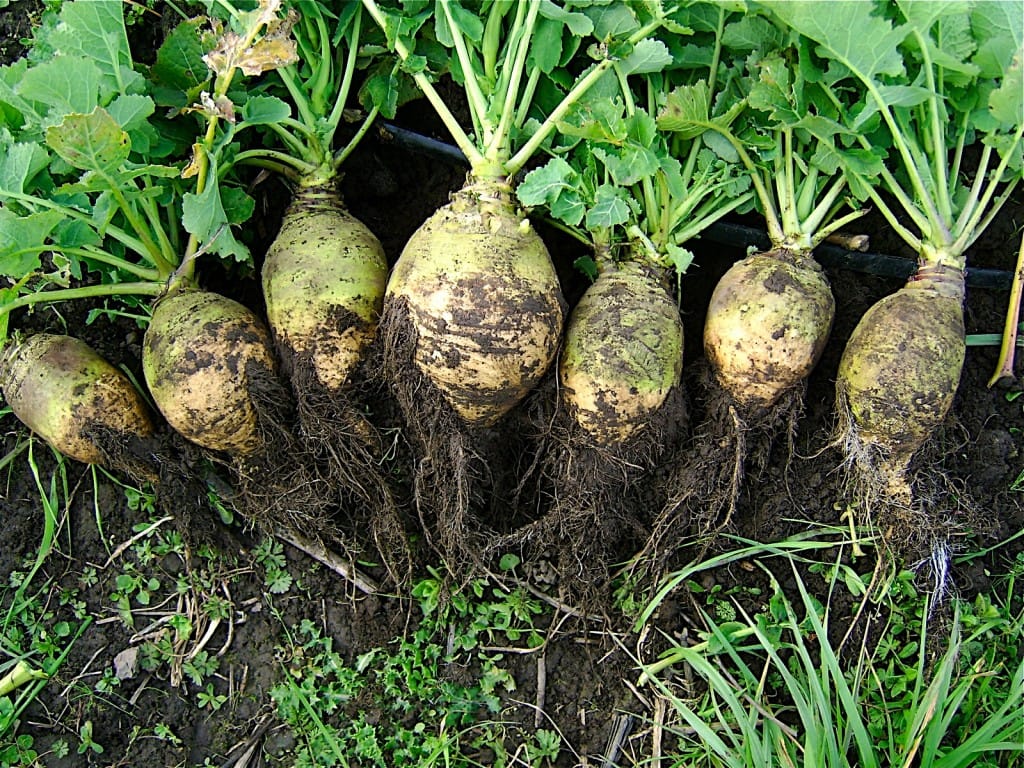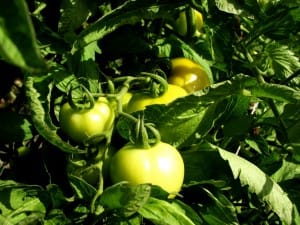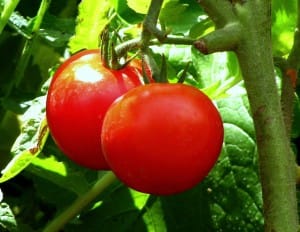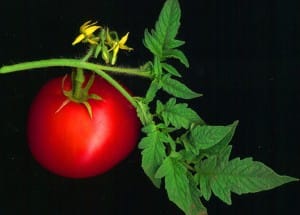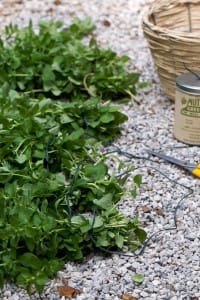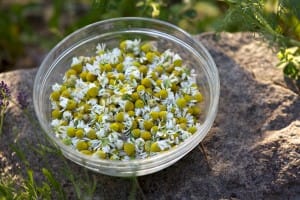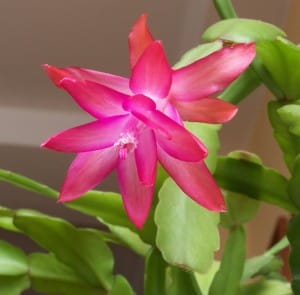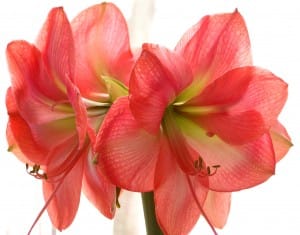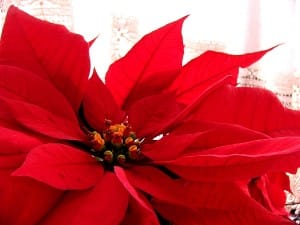Source(s): Willie O Chance
It will still be awhile before many of our spring-blooming shrubs and trees begin to flower. But you can enjoy these flowers weeks earlier by cutting branches and forcing them to bloom inside. Forcing spring-flowering shrubs and trees will allow you to enjoy spring color earlier and for longer.
Cut branches that are forced into bloom add sunshine to gloomy winter days. It is not hard to coax branches of many shrubs and trees to flower earlier than normal. Spring-flowering trees and shrubs can be forced into bloom once low winter temperatures have satisfied their dormancy requirements. Provided with good light, water and proper temperatures, branches should burst into flower five days to two weeks after cutting.
Forsythia, quince and pussy willow are easy to force into bloom. Not all shrubs, however, are as easy. Those with late spring blooms are far more difficult. These would include viburnums, lilac and weigela. For best results, cut them close to their regular flowering time.
Cherries and plums are excellent forcing specimens. The old-fashioned purpleleaf plum forces earlier than cherry. Many plants can be forced one to two months before their normal flowering time. February is an excellent month for forcing many earlier flowering selections. March works well for the later flowering ones.
The reason we can do this is because of the way spring-flowering plants bud and bloom. When winter arrives, the flower buds are already formed on trees and shrubs. A period of dormancy is required before they will bloom. Plants differ in the amount of chilling, moisture, light and warm temperatures necessary to break this dormancy. By February, in most years, dormancy has been broken. You can then force branches by duplicating spring conditions.
Choose a mild day to cut branches and try to cut them during the warmest part of the day when the buds are filled with moisture. Choose branches that are well budded and have interesting curves. Follow good pruning practices and prune to maintain the natural shape of the plant. Allow the flowers to develop slowly to fully encourage large blooms with good color.
First, mash the bottom inch or two of the stems with a hammer and place in water. Add a floral preservative or sugar with a drop of bleach. Change the water every few days over the forcing period. These practices extend the life of the branches by reducing the bacteria in the water and keeping stems unclogged. Water uptake through the stems should keep the branches from drying out unless the room is too warm.
Leave the branches in a cool, dark spot until the buds begin to swell, then move them into a well-lighted area to encourage the flower color to develop. Avoid placing the branches in direct sunlight. Cool temperatures allow buds to develop slowly and to maintain flower color. When color appears in the bud it is time to arrange the branches in containers. Don’t wait until the blossoms are fully opened.
Here are a few shrubs you can force, including when to cut them and how long it will take from cutting to flower. Time to flower may vary based on when cuttings are taken.
Shrub/Forcing Time/Cutting Time
- Azalea/3-6 weeks/late Jan-early Feb
- Crabapple/2-3 weeks/mid-March
- Flowering Cherry/2-3 weeks/late Jan
- Flowering Dogwood/2-4 weeks/mid-March
- Flowering Pear/4-5 weeks/late Jan-early Feb
- Willow/1-2 weeks/February
Center Publication Number: 239

